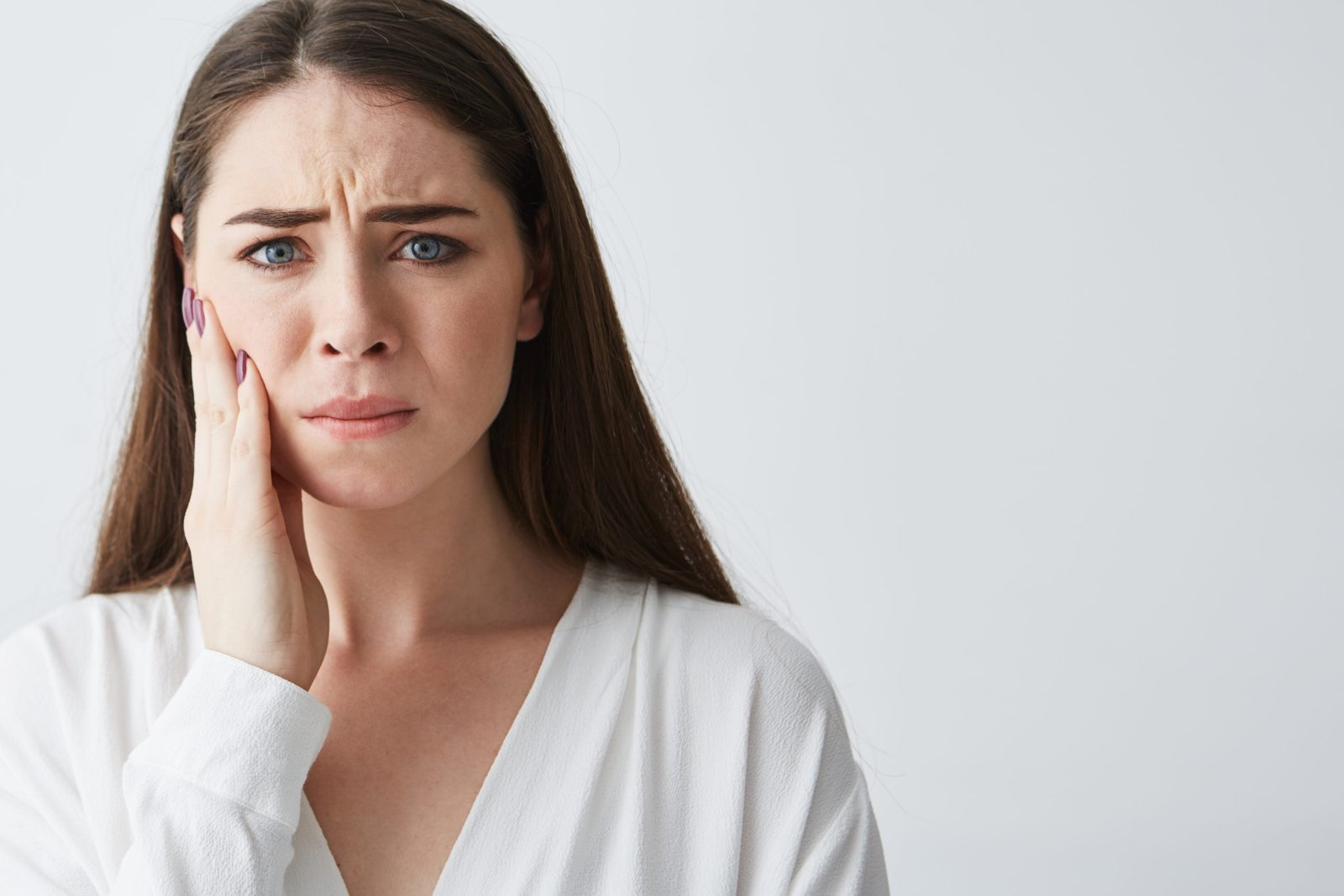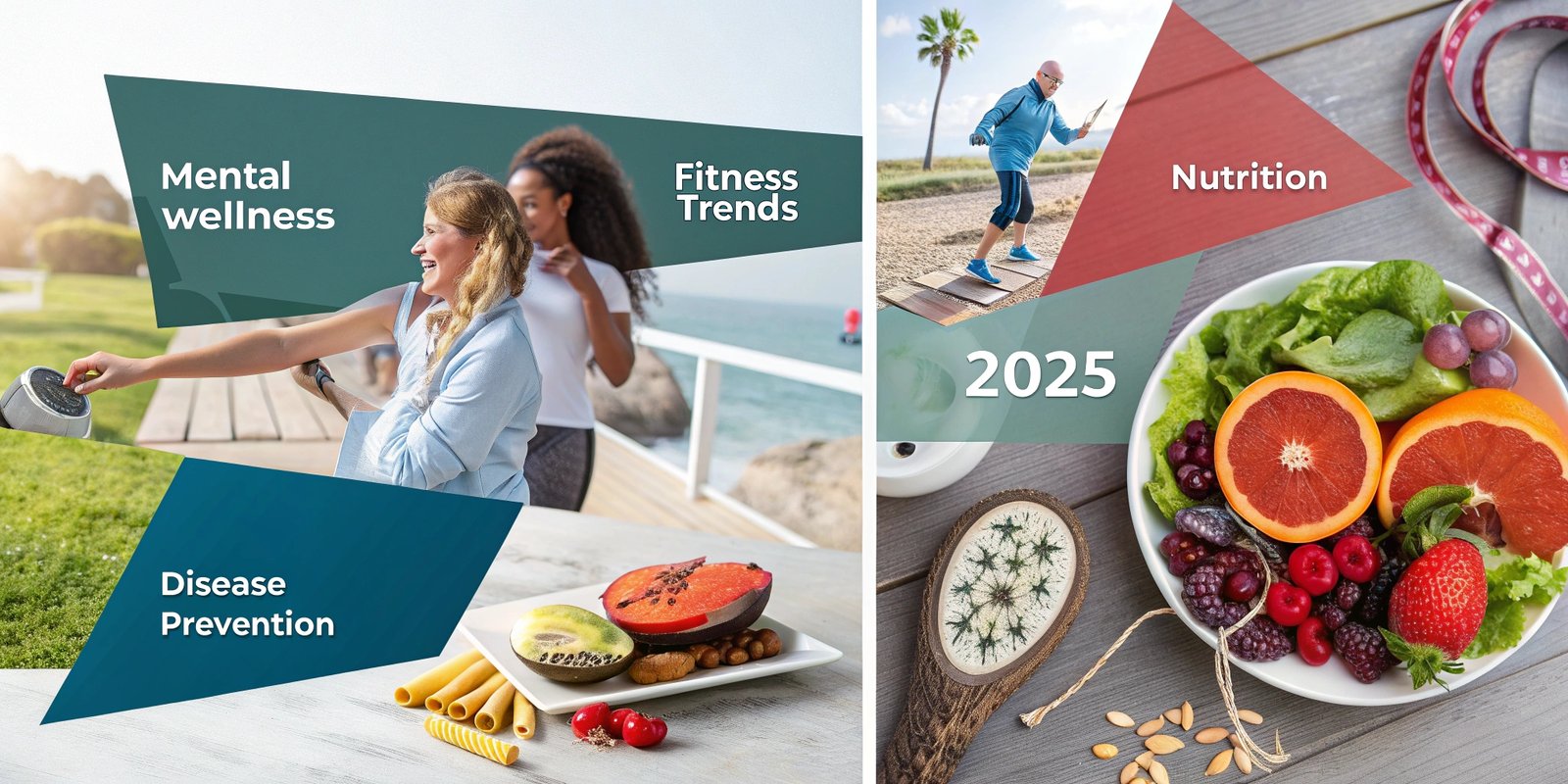
Do I Really Need Braces? How to Know If It’s Time
Not everyone grows up needing braces, but many people wonder at some point in their lives if they should get them. Whether you’re a teen whose dentist has recommended an orthodontic consult, or an adult who notices changes in your smile, it can be hard to know for sure when braces are necessary.
You’re not alone in asking the question: do I really need braces? With so many treatment options available today including clear aligners and invisible braces more people are choosing orthodontics to improve their health and appearance. But before making a decision, it helps to understand the common signs that it might be time.
Why Do People Need Braces?
Braces are more than just a cosmetic treatment. They are designed to fix problems with alignment, bite, and jaw positioning that can affect your dental health over time. If left untreated, misaligned teeth can lead to:
-
Uneven wear and tear
-
Difficulty chewing or speaking
-
Jaw pain or tension
-
Increased risk of tooth decay
-
Gum disease from hard-to-reach spots
Orthodontics can straighten teeth, correct bite issues, and make it easier to care for your mouth.
Common Signs You Might Need Braces
If you’re unsure whether braces are right for you or your child, here are some of the most common signs it’s time to consider treatment.
1. Crowded or Overlapping Teeth
Teeth that overlap or twist due to lack of space in the jaw are a strong reason to explore braces. Crowded teeth can be difficult to clean and often become worse with time.
2. Gaps Between Teeth
While a gap between the front teeth might be part of your natural smile, large or multiple gaps throughout the mouth may affect bite function and should be evaluated.
3. Overbite or Underbite
An overbite means your upper teeth significantly overlap your lower ones, while an underbite is the reverse. Both can cause jaw stress, uneven wear, and difficulty biting into food.
4. Crossbite or Open Bite
A crossbite happens when some top teeth sit behind the lower teeth, and an open bite occurs when the upper and lower teeth do not touch at all when your mouth is closed. These bite issues may cause discomfort and speech challenges.
5. Jaw Pain or Clicking
If your jaw pops, clicks, or feels sore regularly, it might be due to poor alignment or stress from a misaligned bite.
6. Trouble with Chewing or Speaking
Speech impediments or difficulty chewing food could be tied to orthodontic issues that braces can help correct.
Braces Are Not Just for Kids
While orthodontic treatment is often recommended during the teen years, many adults now choose braces to improve their smiles and oral health. Modern options like ceramic braces and clear aligners have made treatment more discreet and convenient than ever.
If your teeth have shifted over time or you never had the chance to get braces earlier in life, it’s not too late. Adult orthodontics can still be very effective.
Benefits of Getting Braces
Braces can help:
-
Improve the appearance of your smile
-
Boost your confidence
-
Make brushing and flossing easier
-
Prevent long-term dental problems
-
Create a better bite for improved jaw comfort
These improvements can lead to better oral hygiene and reduce your risk of more serious dental treatments down the road.
What Happens at an Orthodontic Consultation?
If you’re considering braces, your first step is an evaluation with an orthodontist. During your appointment, the provider will:
-
Examine your bite and jaw movement
-
Take digital scans or X-rays
-
Discuss your goals and concerns
-
Recommend treatment options based on your needs
They’ll help you decide whether traditional braces, clear aligners, or another solution is best for your case.
How Long Do You Have to Wear Braces?
Treatment length varies, but most people wear braces for 12 to 24 months. More complex cases may take longer. With consistent checkups and good at-home care, you can expect steady progress and long-term results.
Clear aligners may offer faster treatment in some cases, though success depends on wearing them as directed.
Alternatives to Traditional Braces
If the thought of metal brackets makes you hesitant, you’ll be glad to know there are now more subtle ways to straighten your teeth:
-
Clear aligners like Invisalign
-
Ceramic braces that blend with your teeth
-
Lingual braces that attach behind the teeth
Your orthodontist can explain which option fits your lifestyle and dental goals.
Final Thoughts
Wondering if you really need braces is a common concern for both teens and adults. If you’re experiencing crowding, bite issues, jaw pain, or gaps that bother you, an orthodontic consult is the best way to get answers.
You don’t need to live with discomfort or insecurity about your teeth. Braces and other orthodontic treatments are tools that can improve your oral health and help you feel better about your smile at any age.








